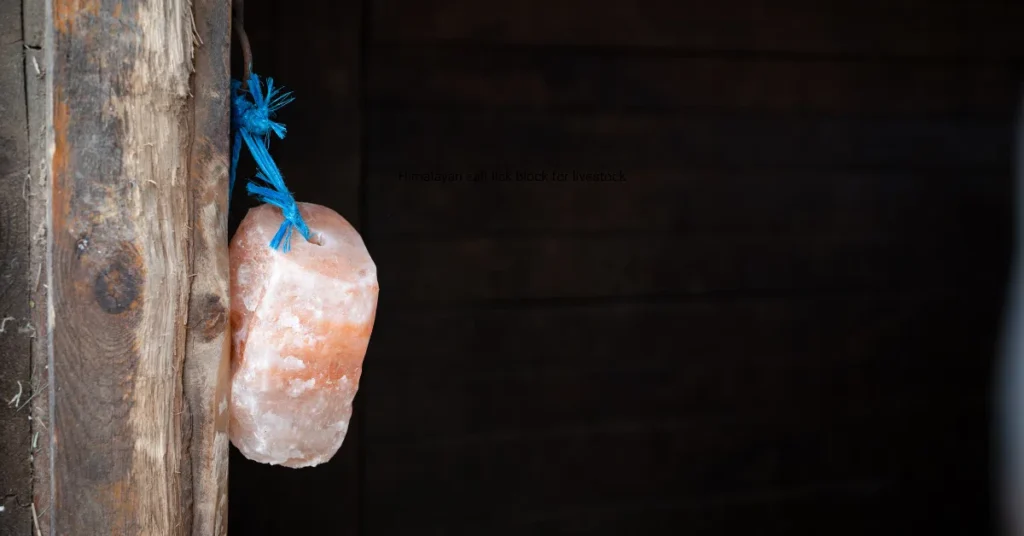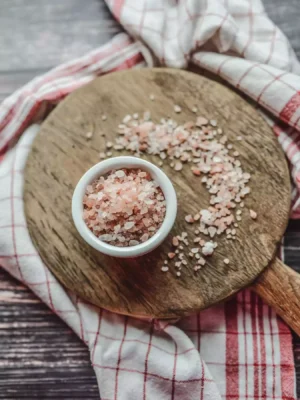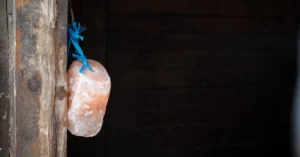Animals, just like humans, need minerals to survive and thrive. In the wild, many animals instinctively seek out natural salt deposits, often found on rocks and soil. Farmers and pet owners provide an easier alternative through salt licks. Himalayan salt licks, in particular, have gained attention for their purity and high mineral content. But what exactly is a Himalayan salt lick, and why do animals need it in their diet?
What Is a Himalayan Salt Lick?
A Himalayan salt lick is a block of natural pink rock salt mined from the Khewra Salt Mines in Pakistan. These mines are located at the foothills of the Himalayas and produce salt that formed millions of years ago under ancient seabeds. Unlike processed salts, Himalayan salt is natural and contains over 80 trace minerals, including calcium, potassium, magnesium, and iron.
Salt licks are often shaped into solid blocks or attached to ropes and placed in barns, fields, or enclosures for livestock and other animals. As animals lick the block, they consume the essential minerals that may otherwise be missing from their diet.
Why Do Animals Need Salt?
Salt plays a vital role in animal health. It is essential for maintaining fluid balance, proper nerve function, and muscle activity. Without enough salt, animals can develop deficiencies that affect growth, reproduction, and overall wellbeing.
In nature, animals may travel great distances to find natural salt sources. By providing a Himalayan salt lick, farmers ensure that livestock and pets receive a steady supply of vital nutrients without relying solely on forage or feed.
Benefits of Himalayan Salt Licks for Animals
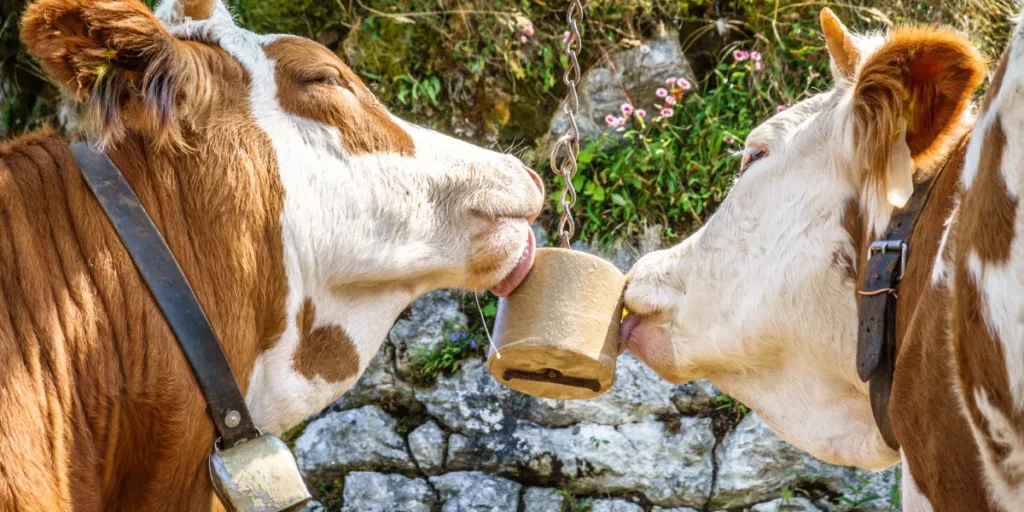
Himalayan salt licks offer several benefits that contribute to the health and productivity of animals.
One of the key benefits is mineral supplementation. Livestock such as cows, horses, and goats require a range of minerals that may not always be present in feed or pasture. A salt lick ensures they receive what they need to grow and stay healthy.
Salt licks also support digestion. Sodium and chloride from the salt help animals produce stomach acid, which is necessary for breaking down food and absorbing nutrients.
For working animals, such as horses, salt helps replace electrolytes lost through sweat. This reduces fatigue and maintains energy levels.
Reproductive health is another area where salt licks play a role. Adequate mineral intake supports fertility, milk production, and the healthy development of offspring.
Additionally, animals enjoy having access to a salt lick. It gives them an activity that helps reduce boredom, especially in enclosed environments.
How Himalayan Salt Licks Are Made
Himalayan salt licks are carved directly from large blocks of natural rock salt. Because the salt is dense and hard, the blocks last longer than compressed salt alternatives. Many are fitted with ropes or holes so they can be hung in stalls or fields, making them easy for animals to access.
The natural pink to reddish color comes from trace minerals, especially iron. This not only makes the salt lick visually distinctive but also provides a healthier alternative to chemically processed salts.
Animals That Benefit from Himalayan Salt Licks
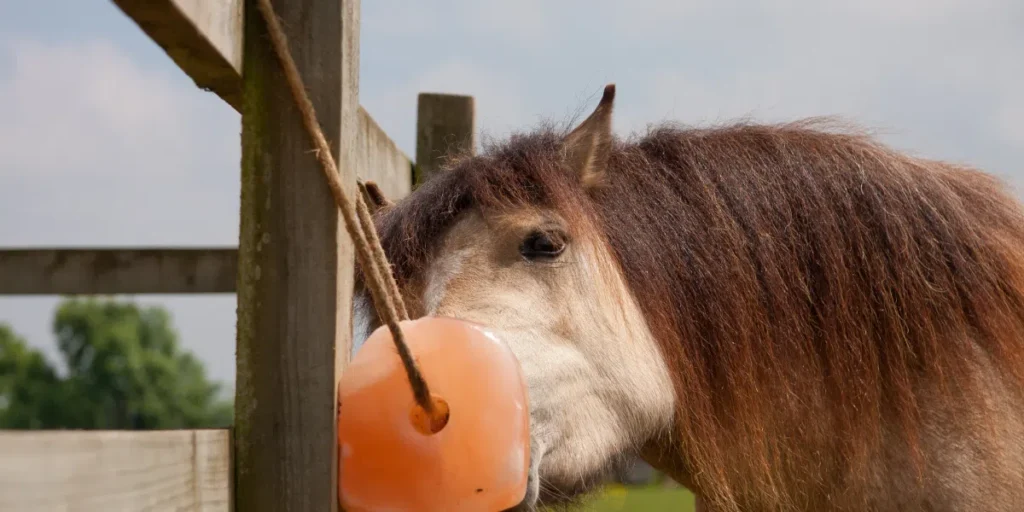
Himalayan salt licks are commonly used for a wide variety of animals.
- Cattle and dairy cows: Support milk production, growth, and reproductive health.
- Horses: Replace electrolytes lost in sweat and improve endurance.
- Goats and sheep: Aid in digestion and mineral balance.
- Camels: Prevent dehydration in dry climates.
- Pets like rabbits or deer in reserves: Provide enrichment and nutritional balance.
In all cases, the salt lick offers a safe, natural way to provide nutrition without risk of overfeeding. Animals instinctively regulate their intake, licking only as much as they need.
Himalayan Salt Licks vs Processed Salt Blocks
Many farmers are familiar with standard white salt blocks, but Himalayan salt licks offer some clear advantages. Because they are natural and unrefined, they contain a wider range of minerals. They are also harder and more weather-resistant, meaning they last longer even outdoors.
Processed salt blocks, on the other hand, may contain additives or chemicals. While they provide sodium, they often lack the additional minerals found in Himalayan salt. This makes Himalayan licks a more complete nutritional supplement.
Storage and Use
Himalayan salt licks require minimal care. They should be stored in dry places until use and then placed in accessible areas for animals. When outdoors, keeping the lick elevated or covered helps it last longer in rainy conditions.
Farmers usually provide one lick per group of animals to ensure access, though larger herds may need several.
Conclusion
Himalayan salt licks are a simple but powerful way to support animal health. Rich in essential minerals, they help livestock and pets grow stronger, stay active, and reproduce successfully. From improving digestion to enhancing endurance, the benefits are clear. Unlike processed salts, Himalayan salt licks are natural, long-lasting, and trusted by farmers worldwide.
For businesses, Himalayan salt licks also represent a growing demand in the livestock and pet care market. Luumin.org offers authentic Himalayan salt licks with wholesale and private label options, providing a reliable supply of this natural product for farms, stores, and distributors.

